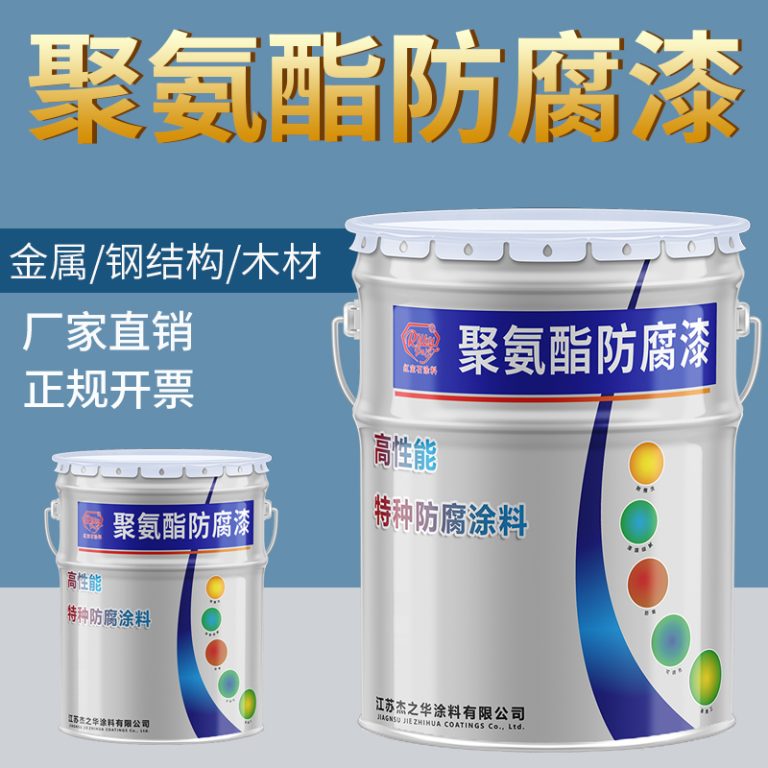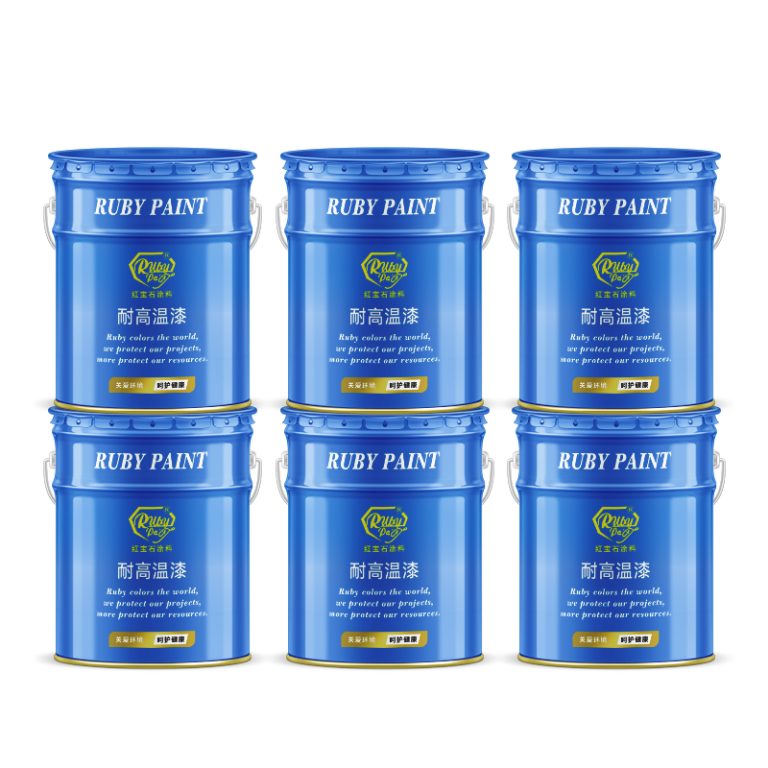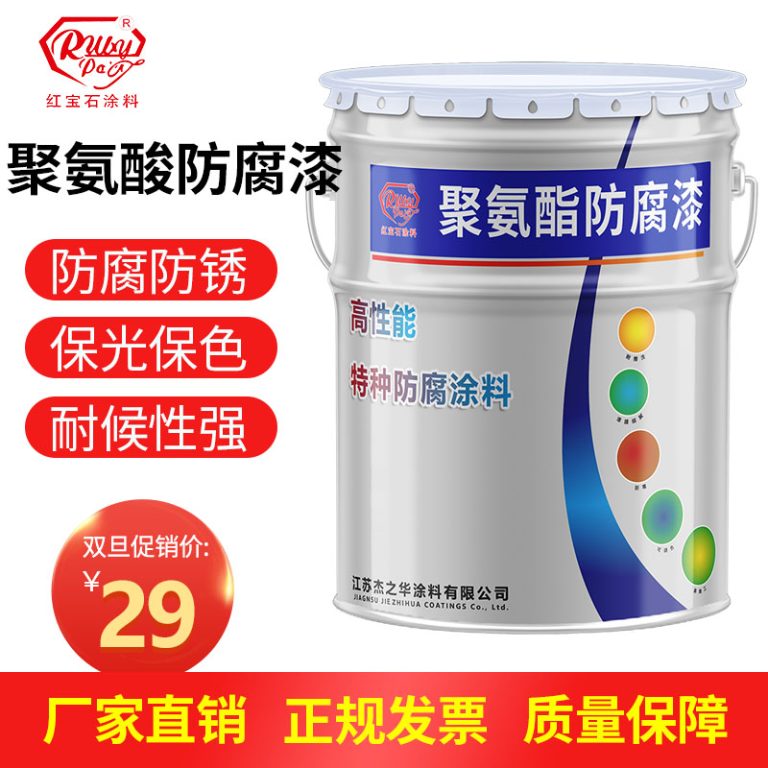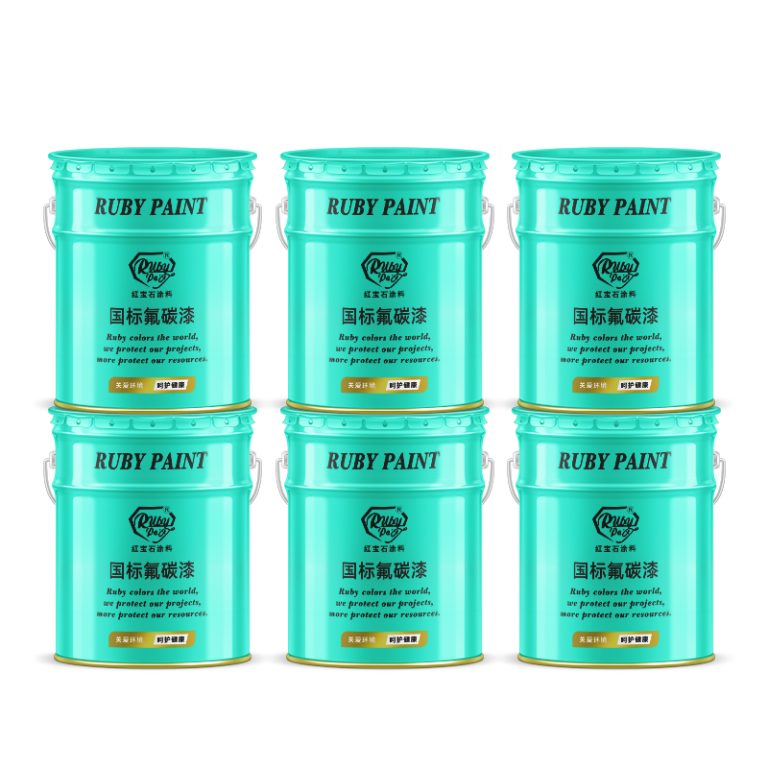Table of Contents
The Benefits and Applications of Zinc Epoxy Paint in Industrial Coatings
Zinc epoxy paint stands as a formidable ally in the battle against corrosion, a relentless foe that threatens the integrity of metal structures worldwide. This specialized coating is engineered to provide a robust shield for a variety of industrial applications, ensuring long-term protection and durability. The benefits of zinc epoxy paint are manifold, and its applications are as diverse as the industries it serves.
At the heart of zinc epoxy paint’s effectiveness is its unique composition. The paint is a two-part coating system that combines zinc with epoxy resin. Zinc, a sacrificial metal, offers galvanic protection; it willingly corrodes to protect the underlying metal surface. When paired with the strong adhesive properties and chemical resistance of epoxy resin, the result is a coating that excels in preventing corrosion and withstanding harsh environmental conditions.
One of the primary benefits of zinc epoxy paint is its exceptional adhesion to metal surfaces. This characteristic is crucial for maintaining the coating’s integrity, as it prevents the ingress of moisture and other corrosive elements that can lead to substrate degradation. The paint forms a dense, impermeable barrier that is resistant to abrasion, which is particularly important in environments where mechanical wear is a concern.
| Number | Commodity Name |
| 1 | Fluoracarbon primer paint |
Moreover, zinc epoxy paint is versatile in terms of its application. It can be applied to both new and weathered metal surfaces, making it an ideal choice for maintenance and repair projects as well as new constructions. The paint can be sprayed, brushed, or rolled on, allowing for flexibility in application methods to suit different project requirements.
The protective qualities of zinc epoxy paint are further enhanced by its ability to withstand extreme temperatures. This makes it suitable for use in environments that experience significant thermal fluctuations, ensuring that the coating remains effective even under challenging conditions.
In terms of industrial applications, zinc epoxy paint is widely used in sectors such as marine, oil and gas, infrastructure, and manufacturing. In the marine industry, for example, the paint is applied to ships, offshore platforms, and harbor installations to protect against the corrosive effects of saltwater and marine organisms. In the oil and gas industry, it safeguards pipelines, storage tanks, and drilling equipment from the corrosive substances they encounter.
Infrastructure projects also benefit from the application of zinc epoxy paint. Bridges, highways, and transportation systems are exposed to a range of corrosive elements, from de-icing salts to industrial pollutants. The application of zinc epoxy paint helps to extend the lifespan of these structures, reducing the need for frequent maintenance and associated costs.
In manufacturing, machinery and equipment are subject to wear and tear from constant use and exposure to chemicals. Zinc epoxy paint provides a durable coating that can endure these conditions, ensuring that equipment remains operational and reliable over time.
In conclusion, zinc epoxy paint is a critical component in the arsenal of industrial coatings. Its ability to provide superior protection against corrosion, coupled with its versatility and durability, makes it an invaluable resource for industries seeking to preserve the integrity of their metal structures. As industries continue to evolve and face new challenges, the role of zinc epoxy paint in safeguarding assets and ensuring operational efficiency is likely to grow even more significant.
How Zinc Epoxy Paint Provides Superior Corrosion Protection for Metal Surfaces
Zinc epoxy paint stands as a formidable line of defense in the battle against corrosion, a relentless foe that threatens the integrity and longevity of metal surfaces. This specialized coating is engineered to provide superior protection, ensuring that structures and equipment can withstand the harsh onslaught of environmental and industrial factors that promote rust and decay.
At the heart of zinc epoxy paint’s effectiveness is its unique composition, which combines the robust, rust-inhibiting properties of zinc with the durable, adhesive characteristics of epoxy resins. Zinc, a sacrificial metal, is well-known for its ability to protect steel through a process known as cathodic protection. When zinc is in contact with steel, it willingly gives up electrons to the steel, which prevents the steel from corroding. This galvanic action is the cornerstone of zinc’s protective capability and is particularly effective in shielding metal surfaces from the corrosive effects of moisture and salt.
| Serial Number | Name |
| 1 | Fluoracarbon middle paint |
Epoxy resins, on the other hand, are synthetic polymers that form a hard, impermeable barrier upon curing. This barrier is resistant to chemicals, abrasion, and moisture, making it an ideal partner for zinc in the fight against corrosion. When combined, the zinc provides active protection through its sacrificial nature, while the epoxy seals the surface, preventing corrosive elements from penetrating and reaching the metal beneath.
The application of zinc epoxy paint is a meticulous process that begins with the thorough preparation of the metal surface. Any existing rust, scale, or contaminants must be removed to ensure that the paint adheres properly and performs as expected. Once the surface is clean and prepared, the zinc epoxy paint is typically applied in multiple layers. The first layer, often referred to as the primer, is rich in zinc and establishes the initial protective barrier. Subsequent layers build upon this foundation, enhancing the overall protective qualities of the coating.
One of the most significant advantages of zinc epoxy paint is its versatility. It can be used in a wide range of environments, from the harsh conditions of marine settings to the extreme temperatures and pressures found in industrial applications. Its ability to withstand such diverse challenges makes it an invaluable resource for protecting assets in sectors such as shipping, oil and gas, infrastructure, and manufacturing.
Moreover, the longevity of zinc epoxy paint is another of its standout features. Once applied, it can provide many years of protection, reducing the need for frequent maintenance and repainting. This long-term durability not only saves time and resources but also minimizes the environmental impact by reducing the amount of waste and pollutants associated with regular repainting activities.
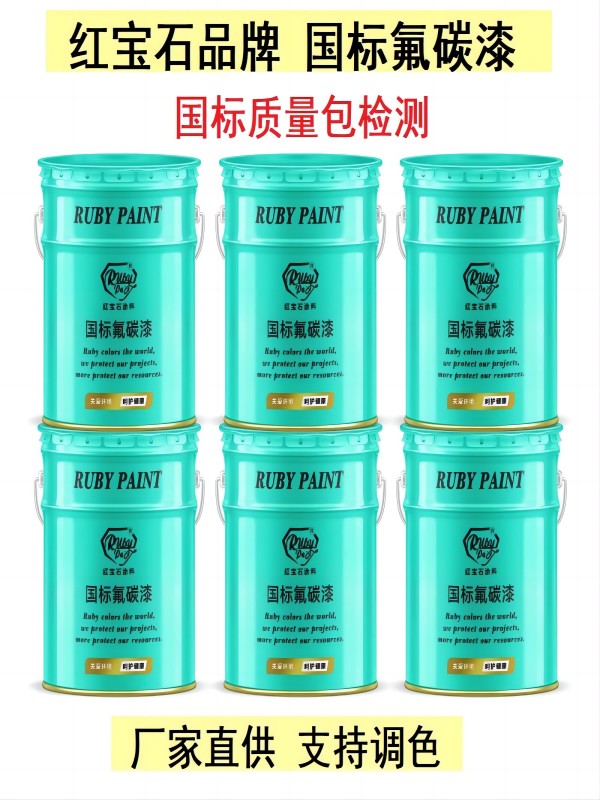
In conclusion, zinc epoxy paint is a highly effective solution for safeguarding metal surfaces against corrosion. Its dual-action approach, combining the active protection of zinc with the robust barrier provided by epoxy resins, creates a formidable shield that can endure the rigors of various environments. The result is an extended lifespan for metal structures and equipment, significant cost savings over time, and a reduction in environmental impact. As industries continue to seek out more reliable and efficient means of protection, zinc epoxy paint remains a trusted ally in preserving the integrity of metal surfaces around the globe.

